The structure is the most important aspect of the house safety. If the structure is damaged, the safety of the house will have a lot of hidden dangers. No matter how good the decoration and the school district are, it will be useless. Therefore, whether you are buying a house or living in your own house, you should pay attention if you find signs of structural damage. Otherwise, it looks like a small problem will gradually evolve into a big dangerous problem, which will bring expensive maintenance costs. In summary, structural damage has the following 8 signs:
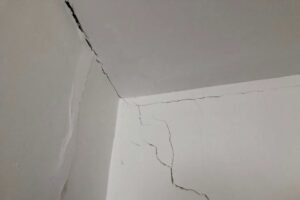
1. There are cracks or bulges on the wall or ceiling
Not every crack in the wall or ceiling indicates structural damage, but they need to be watched closely. Over time, small cracks can become big problems. Large cracks in walls or sinking ceilings, or cracks distributed in steps above the doorway, will be more serious.
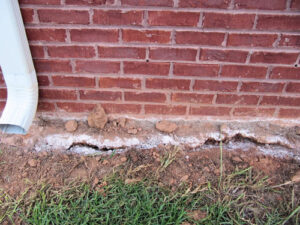
2. Soil pulling away from the foundation wall
As the four seasons alternate, the soil will expand and contract. If the soil is found to be separated from the foundation wall, it may indicate that the foundation wall of the house has shifted.
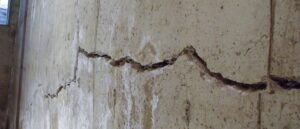
3. There are big cracks in the foundation wall
The diagonal cracks in the foundation wall indicate that the house has irregular settlement, especially the lateral cracks will be more serious. The soil produces a horizontal force on the foundation wall, and the cracks will become bigger and bigger as time goes by.
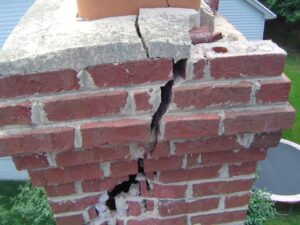
4. Cracks in the chimney
Observe the cracks in the mortar and bricks of the chimney. Similar to other exterior walls, cracks in the chimney indicate that the house may have shifted and exerted excessive pressure on the bricks.
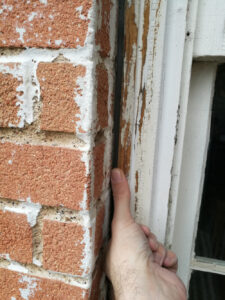
5. Uneven gaps around windows and doors
Because walls with doors and windows are more susceptible to pressure. Therefore, the area around doors and windows will show signs of structural damage earlier than other areas of the wall:
The gaps around doors and windows are uneven;
Doors and windows won’t open and close smoothly;
Doors and windows cannot be locked;
Doors and windows are separated from the wall;
The door won’t close.
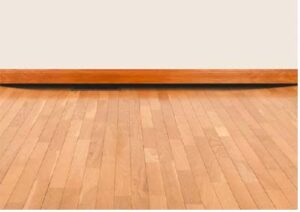
6. Sagging or cracking floors
If the floor sags or cracks, the foundation wall of the house may be displaced.
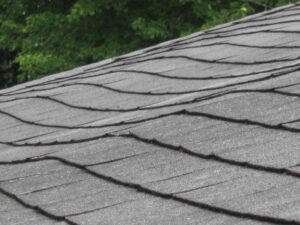
7. Sagging and leaking roof
If the roof structure is okay and it has not reached the end of its service life, the roof can’t sink or be uneven. If there are problems with the roof structure itself, there may be the following reasons:
The wooden beam moves;
Lack of maintenance;
A load-bearing wall was demolished;
Termite damage
The size of the frame wood is incorrect;
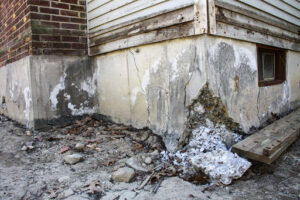
8. Broken concrete/brick
Concrete or bricks that have been wet for a long time or in contact with chemical substances will age and break prematurely. This situation usually occurs in the area under the waterproof membrane of the foundation wall of the house.
If you find any signs of damage to the above structures in your house, be careful. You can ask a structural engineer to further inspect and assist in maintenance to avoid major safety problems.
